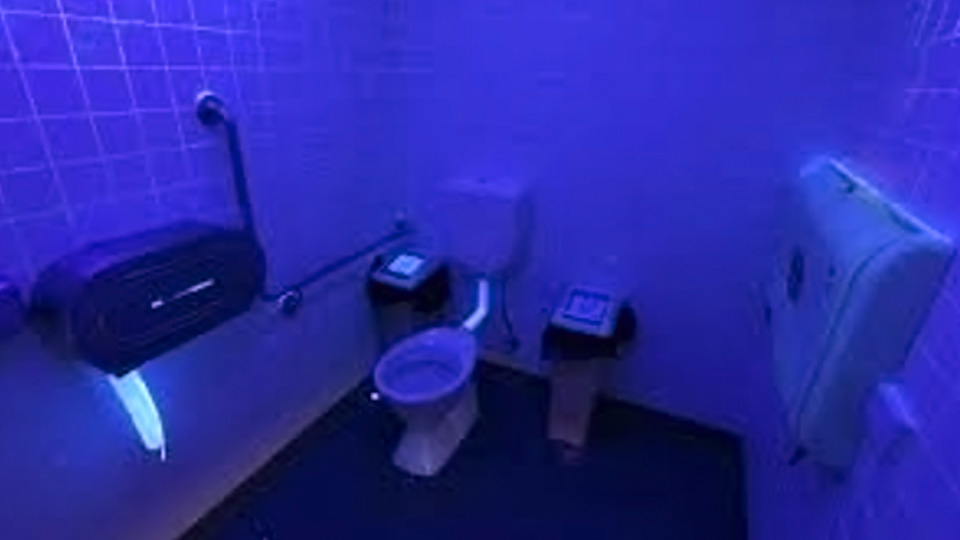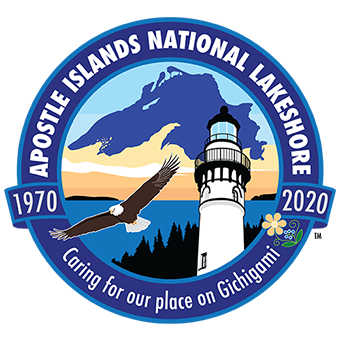Watch the video in this article. It features a man named Selepri Amachree highlighting a public restroom with blue overhead lights. Believe it or not, blue lights in public bathrooms could help in the fight to stop opioid addiction.
https://www.facebook.com/selepri/videos/10215741604229157/
Opioids are substances that act on opioid receptors to produce morphine-like effects. Medically they are primarily used for pain relief, including anesthesia. According to the US Health and Human Services department 116 people die every day from opioid overdose. That is more than 5 times the number of OD deaths in 1999. This problem is on the rise.
Unfortunately, opioids are not used primarily for medical purposes. They are used recreationally for a painless, ultra relaxed euphoria. Our brain’s receptors remodel and create a need for more and more of the opioids to recreate the same euphoric feeling. Hence, making the substance very addictive and very difficult to stop once the addiction begins.
So…what in the heck do public bathrooms and blue lighting have to do fighting the opioid addiction problem in Dodge County or anywhere else? That, my friends, is a great question.
Public toilets offer certain attractions to the injecting drug user:
· users can access them readily, use quickly and abandon any evidence of being in possession of illegal substances (while still getting the ‘benefit’ of their purchase)
· users can inject away from the public gaze · they are generally near the place of drug acquisition – for many delay is ‘intolerable’
· they offer a degree of privacy and peace – one of the few places that a member of the general community can be alone · they offer many of the necessary ingredients for preparation and administration of these drugs, including water
· they (sometimes at least) offer potential swab and mopping up materials (such as toilet paper)
· some offer additional benefits such as further information, access to condoms and other dispenser/coin access resources · some might still offer the additional safety net of an attendant who could call for help in a case of an adverse reaction/event (although I am not sure whether they still exist).
Addicts look for convenient, private places to shoot up. As you can see, public toilets are ideal spaces for the addict. This is anecdotal evidence, but last summer while the Beaverland MustSkis were setting up for a Sunday evening public show at Tahoe Park in Beaver Dam, a fisherman hooked and reeled in a bundle of hypodermic needles.
It would appear that someone chose to discard their unusable needles in a public park where scores of citizen wade in and out of the water on warm summer days. Presumably this person was an addict and was utilizing our public restroom to get high on heroin or some other opioid.
Beaver Dam alone has 20 parks within the city Parks and Recreation department. Most of which have a least one public restroom. Much of the year these restrooms are unlocked 24 hours per day, 7 days per week. Potentially, our public restrooms could be utilized for illicit drug use most anytime. Think about that the next time you enter a public restroom, or when any of your loved ones excuse themselves while you are enjoying one of our beautiful parks to use the restroom.
Beaver Dam Park Locations
- Apple Valley Park
- Athletic Field
- Bayside Park
- Cotton Mill Park
- Crystal Lake Park
- Edgewater Park
- Jefferson Courts
- Lakeview Park
- Lincoln Park
- Minnie’s Meadow Park
- Patrick Parker Conley Park
- Riverside Park
- Roller Avenue Park
- Smythe Park
- Starkweather Park
- Stevens Park
- Swan Park
- Tahoe Park
- Vo-Tech Park
- Waterworks Park
OK, so those public restrooms can and do get used by opioid drug users to get high. What’s the deal with the blue lights? You guys ask the best questions.
The answer is the most simple and inexpensive part of Selepri’s solution. Blue lights make it more difficult to locate veins, so injecting becomes arduous.
That’s it. Install blue lights and drug users will have a very difficult time finding a vein to inject and will need to look for another location.
If you watched the video, you know that Selepri is requesting to meet with Mayor Becky Glewen. I have sent Selepri’s video to Becky and let her know that he would love to join her team in fighting this insidious epidemic.
Who is Selepri Amachree? That’s your best question of all. I’m glad you saved it for last. Selepri is a one man crusader. Fighting the fight of opioid addiction one addict at a time most days, but several at time when he can get some together for bible study and reflection. Amachree’s program has a success rate of 97.6%.
According to Selepri; “”Success” is defined as getting an individual through the front door of a treatment facility. That’s the purpose of Intervention, but I literally prepare my students for coming out on the other side as well.”
How successful are traditional drug intervention programs for opioid addicts? Between 5% and 10% depending upon which source of information you use. 75% of users that seek treatment drop out before completion and of the remaining 25% less than half are successful.
Why is Amachree so successful? He prepares them for their rehab stay and is there on the other side when the patient is released to continue teaching them how to stay clean.
Selepri told me; “I help my students with finding internships, job opportunities, and things to help them focus on continuing beyond the program. The successes of the programs I work with are about 70% because of the length of stay and the “Faith” factor.”
Dodge County has many groups that are working on the current opioid problem that we face today. Groups like PAVE and CARE, plus the Dodge County Sheriff’s Department. One would think that Selepri would be knee deep involved with at least one, if not all of these groups. But, alas no, he is not involved with any of these groups.
Selepri did reach out to the Dodge County Sheriff’s Department in an attempt to meet and discuss positive ways to get addicts into rehab facilities, and a meeting was set up.
But that my friends, is a subject for the next article.
https://www.facebook.com/selepri/videos/10215741604229157/


